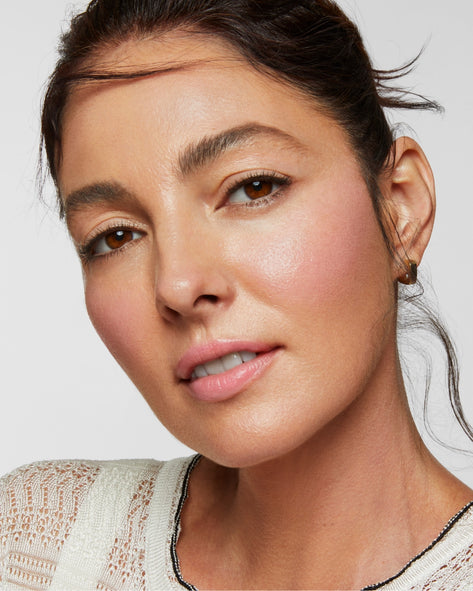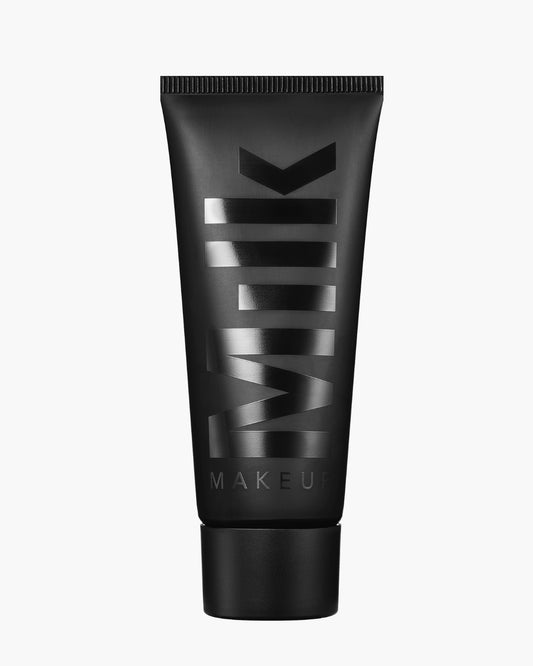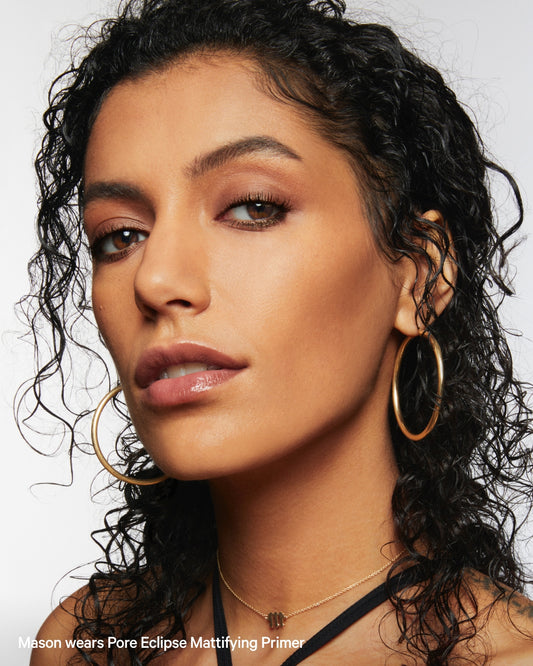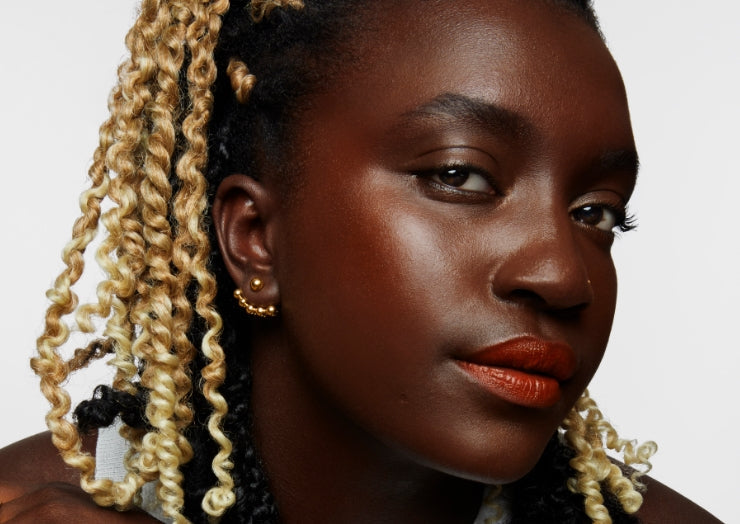We preach the primer gospel because it’s the key to locking in your makeup and making it last as long as possible. But can you use face primer on your eyes?
Let’s just say, two versions of our best-selling Hydro Grip Primer exist for several reasons. Sure, both face primer and eyeshadow primer keep makeup from creasing and smudging—no matter what your skin type or skin tone may be. But there’s so much more to these silicone-free makeup primers than these incredible benefits. That’s why we launched Hydro Grip Primer specifically for your face and then put out Hydro Grip Eye Primer for your lids and under eyes.
Allow us to explain why using face primer on your eyes isn’t the best idea and why Hydro Grip Eye Primer is our fave eyeshadow base, with the help of Milk Makeup’s Director of Artistry Sara Wren.
Eye skin requires a different level of TLC.
Hydro Grip Primer and Hydro Grip Eye Primer have two strikingly different consistencies—a viscous hydrating gel and a velvety, lightweight cream, respectively—because they cater to the needs of the skin on separate parts of your face.
The under-eye area and lids have the thinnest skin found on our entire bodies, Sara points out. It’s much more delicate than, say, the cheeks or forehead. The creamier texture of Hydro Grip Eye Primer is excellent for this part of your face because it doesn’t tug at that fragile, more vulnerable skin as you apply it.
Different ingredients for different priorities.
Of course, both of our Hydro Grip makeup primers are spiked with similar skincare-inspired ingredients. Blue agave extract locks in makeup and helps create that smudge-proof effect that we know and love. Hyaluronic acid and hemp-derived cannabis seed extract boost hydration and visibly smooth skin.
 |
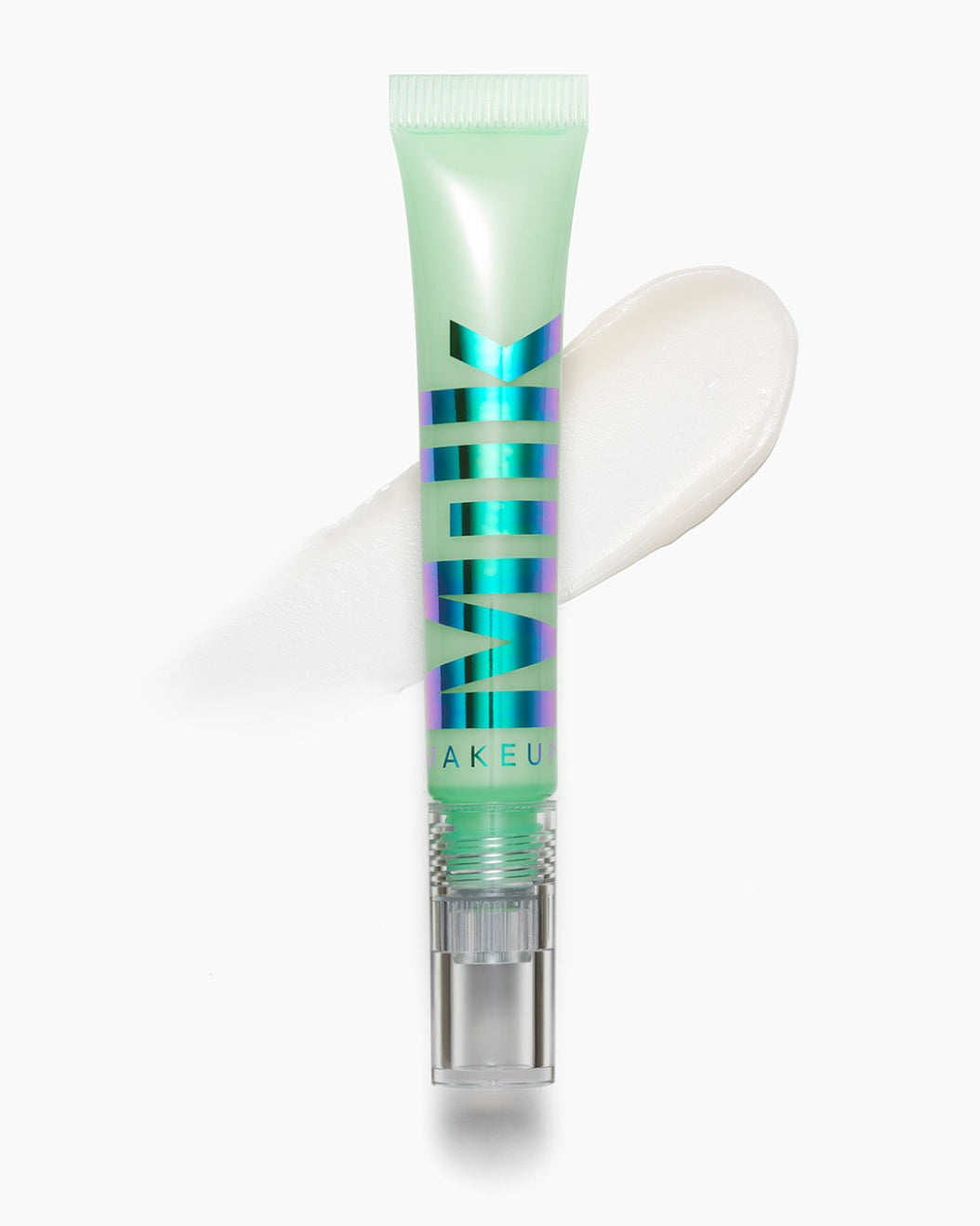 |
For the most part, though, the ingredients for the face and eye area formulas don’t function identically. Think about your fave moisturizer compared to your go-to eye cream. You keep both in your skincare routine to address different concerns, right? Makeup primers should be treated the same way.
The primary goal of eye makeup primers, particularly Hydro Grip Eye Primer, is to lock in pigments found in eyeshadows and eyeliners while providing a soft-focus effect to help blur dark circles and fine lines. Ours does so with natural optical blurring powders that work well whether you've got oily lids or dry under eyes.
Face primer, on the other hand, is more geared toward skin type. Plus, it’s formulated to latch onto all-over complexion products, like foundation, bronzer, blush, and setting powder, Sara explains.
Face primer is finish-specific.
Eye primer, for the most part, is universal. No matter what you reach for after layering shadow primer onto your lids, your eye makeup look is sure to be vibrant and stunning all day long. The finishes of your shadows and eyeliner—metallic, matte, glittery, satin—will stay consistent with what they look like in their packaging and won’t be altered by the primer. Our eyelid primer is a little different because you can also use it on your under-eye area, too, to set your under-eye concealer.
Face primer can affect the way complexion products appear on your skin. If you want a dewier, glassier finish, you’d go with Hydro Grip. However, a soft matte look calls for a completely different face primer formula that reduces shine and excess oil: That’s where Pore Eclipse comes in. It’s truly our best face primer for oily skin.
How to prime your eyes.
Before she even grabs her Hydro Grip Eye Primer from her kit, Sara starts prepping her clients’ eyes with eye cream to help hydrate and depuff the eye area. She likes to tap it on with her ring finger and let it absorb. Then, you can layer on Hydro Grip Eye Primer in the same way. Work it around your lash lines and gently spread it onto your lids. “It’s the first 360 eye primer that has ever worked for me,” the makeup artist says. “I use it all the way around the eye area to keep shadow and eyeliner on lock, as well as to smooth under eyes before concealer.” Once you’re done, you can finish off your eye makeup look with mascara, and you won’t need to touch up any step throughout the day.
The takeaway? Yes, it’s necessary to have two separate makeup primers for your face and eyes. Your makeup routine will thank you.
Meet the Expert:
Sara Wren (she/her) is the Director of Artistry at Milk Makeup. In her role, she does all the makeup artistry and direction for our Milk Makeup global campaigns, educates the staff and field team on application methods, stars in the brand’s social media videos, and travels to different markets spreading Milk Makeup’s good vibes. When she’s not on set, Sara loves experimenting with DIY hair colors, eating tacos, watching basketball, and scouring for vintage cosmetics to add to her impressive collection.
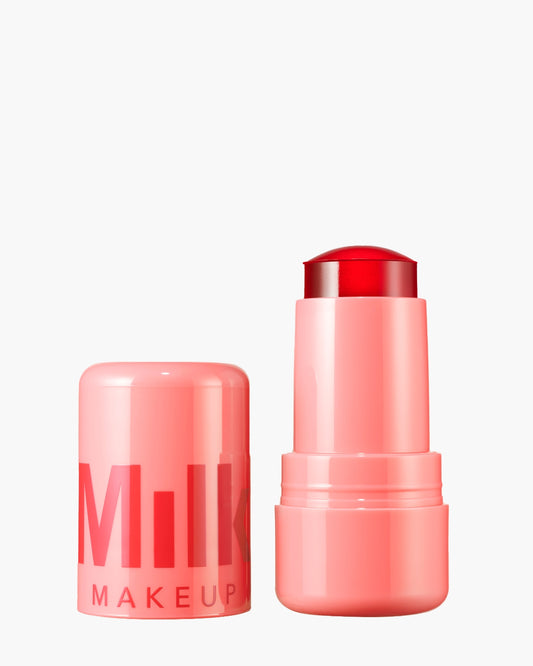
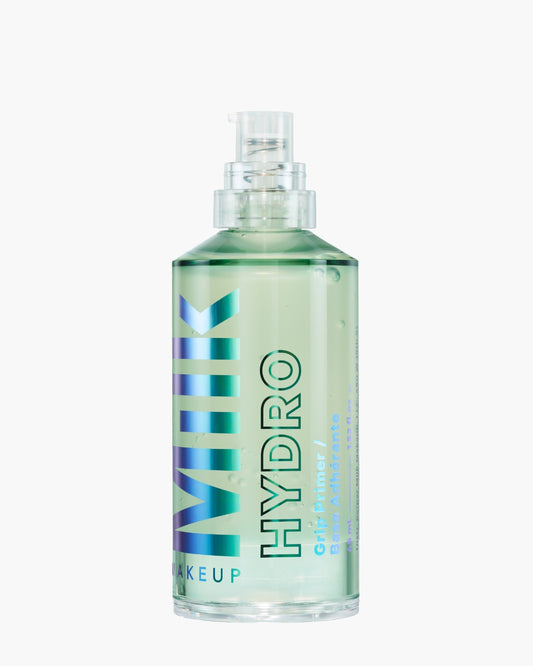
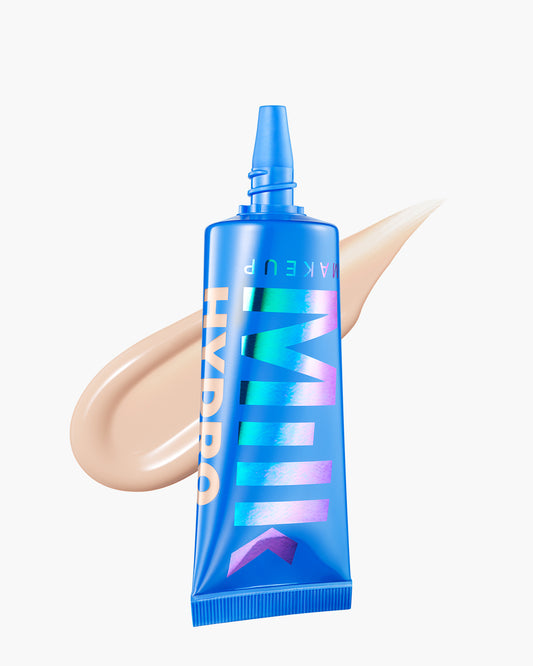
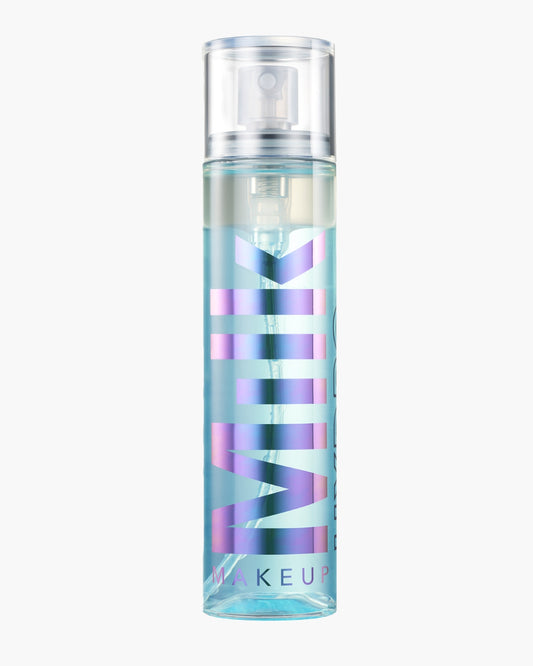
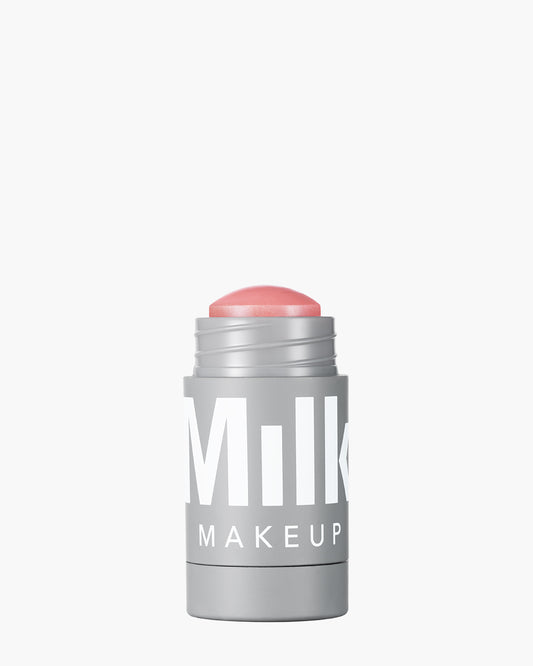


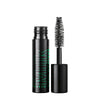
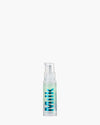
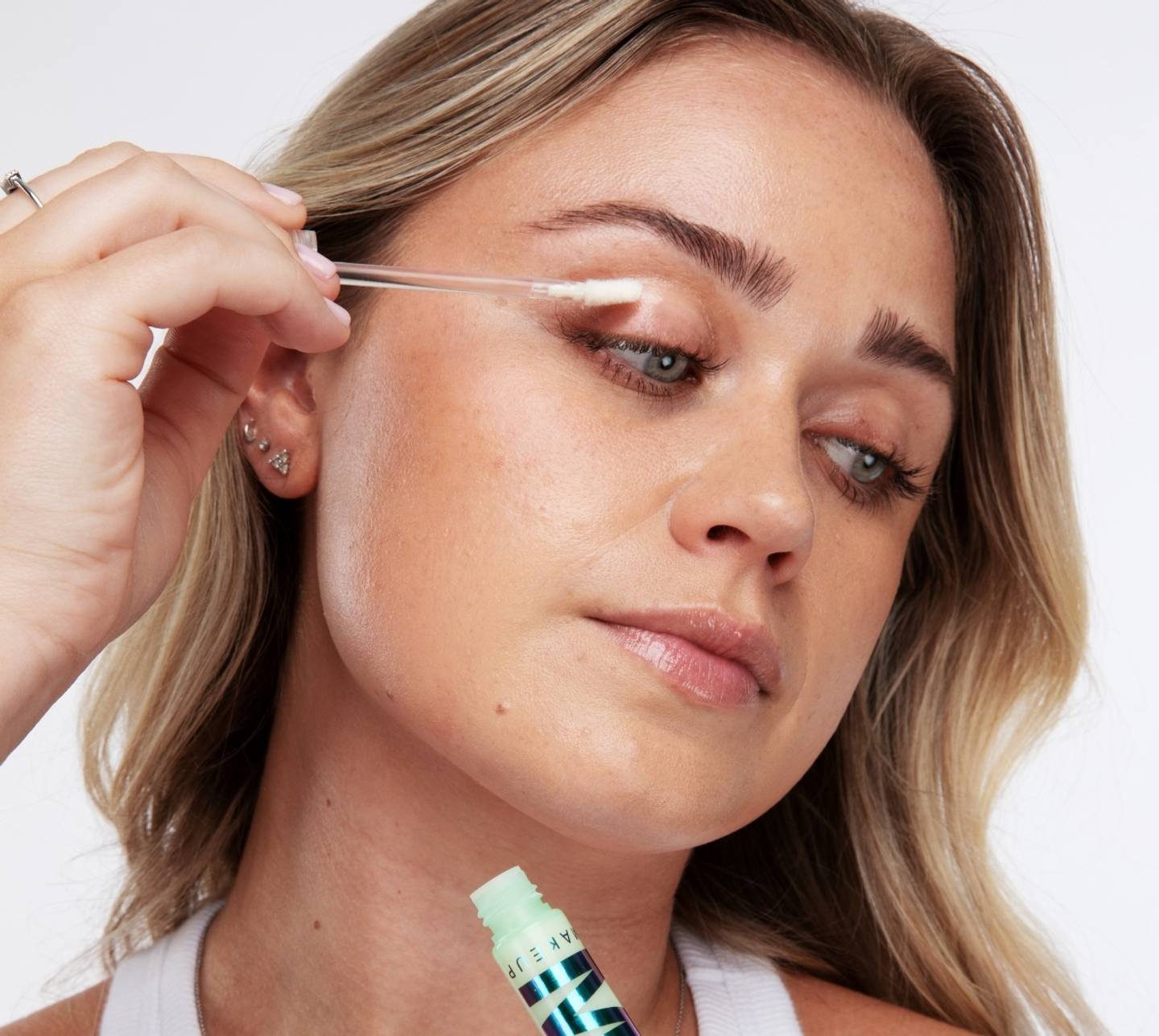
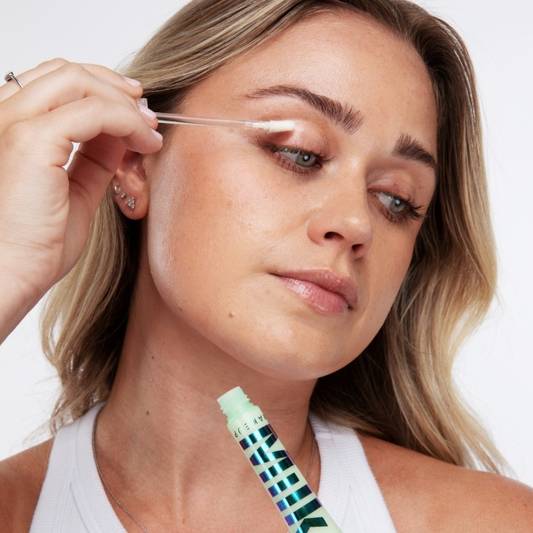
 "
"